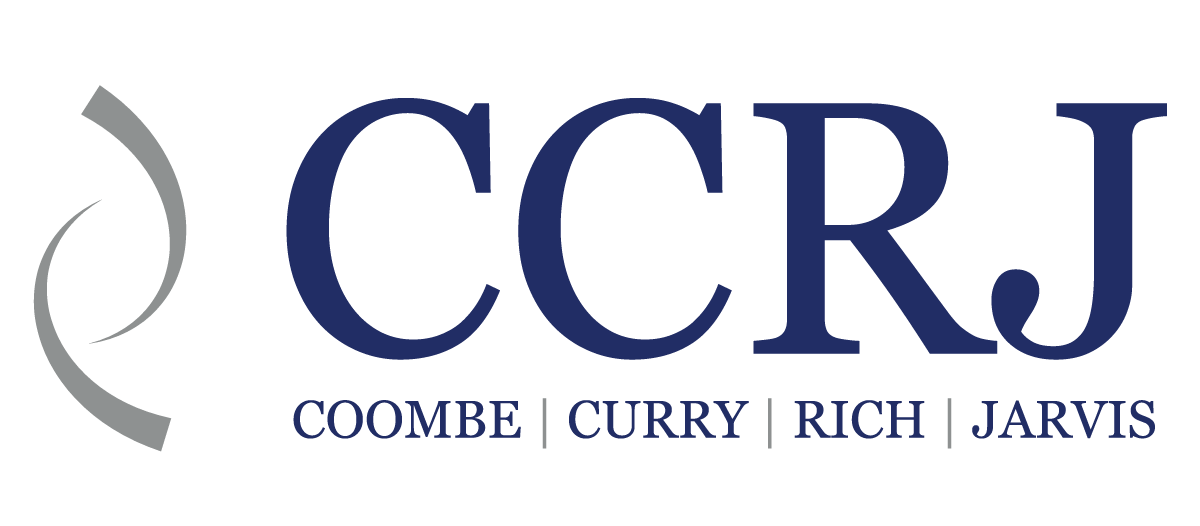Divorce, with good reason, is commonly associated with a large amount of negativity and hostility. This can be for a variety of reasons: perhaps the parties are at a place in their relationship where they simply cannot be civil any more, or they hire attorneys who escalate the situation because they are entrenched in the litigious model of divorce, or any number of other potential situations.
For some couples, the litigation model of divorce is the right path. However, the Colorado legal community has also worked hard to develop an alternative: the collaborative divorce model. Collaborative divorce has proven to be a particularly productive model for parties with children under the age of eighteen, as it is designed to ensure that the parties develop the lasting ability to work with one another, in spite of the change in their relationship.
Here are the primary goals of the Collaborative Divorce Model:
- Acknowledge that the parties to a marriage have the best understanding of their own situation, and allow them to work with experienced professionals in a cooperative setting to decide how their issues, both financial and personal, should be resolved;
- Give parties with children the skills to co-parent and fully understand the implications of their personal dynamics on their children;
- Alleviate some of the tension typically associated with divorce.
How does the Collaborative Divorce Model work?
The process of collaborative divorce, though it does eventually lead to court orders divorcing the parties and making provisions for division of assets and parenting responsibilities, primarily takes place outside of the courtroom.
The Collaborative Divorce Model typically involves four professionals: two attorneys who each represent one client and their interests, but whose goals are to assist the overall process in the interest of helping the parties to reach workable outcomes; one financial neutral, whose responsibility is to work with the parties to understand their finances and provide expertise to reach sustainability in division of assets and debts; and one mediator, who is responsible for ensuring that meetings between the parties and professionals remain on-track and productive. In addition to being trained and licensed in their own fields, each of these professionals is also trained specifically to work within the Collaborative Divorce Model. Other professionals may also be included as needed, such as mental health and real estate professionals. Except for the attorneys, all professionals play neutral roles within the model.
The majority of collaborative divorce usually occurs before a case is even filed with the court (though some choose to file first for legal reasons, at which point attorneys can request a stay of proceedings while the collaborative process occurs). The parties and professionals will have a series of structured meetings, all designed to lead to an end result where the parties have agreed on how to divide their own assets, care for their children, and any other items requiring attention so that the parties can part ways. If all is resolved, the professionals will draft the appropriate documents to be submitted to the court. After the 91 days prescribed by Colorado law have passed from the time of filing, the court can enter a decree of divorce and officially accept the parties’ agreements with regards to property division, parenting responsibilities, maintenance, and any other issues pertaining to the case.
What Happens If It Doesn’t Work?
If, during the process, the parties decide that collaborative divorce is not right for them, they are free to take any information they have gathered and move on to the litigation process. Collaborative professionals are not allowed to follow the parties to the litigation process once they leave the collaborative model for the sake of ensuring that the parties feel that their collaboration is occurring in a safe space that will not be used against them later, should they decide to leave the collaborative model. This means that attorneys hired to perform a collaborative divorce cannot then represent either party in the ensuing litigated divorce.
Collaborative divorce is an excellent option for parties who place high importance on cooperation, whether it be for purposes of co-parenting, reaching a quicker resolution, or simply removing the pall of stress and antagonism from the process. At Coombe Curry Rich & Jarvis, we recognize and respect parties’ abilities to recognize the methods that will work best for them, and look forward to helping through the collaborative process if it is the best option. Our attorneys are also connected to the wider community of collaborative professionals and are happy to recommend fellow attorneys for the other spouse.
Contact Jill Curry and Linda Moss to learn more about the collaborative divorce process and schedule a consult.

